Overview
Branding as a Service (BaaS) represents a strategic initiative that empowers businesses to outsource their branding efforts to specialized agencies. This approach not only enhances visibility and customer engagement but also significantly reduces the costs associated with maintaining in-house teams.
The article outlines a comprehensive framework for mastering branding, which includes critical steps such as:
- Assessing branding needs
- Developing a robust strategy
- Measuring effectiveness
Collectively, these steps position businesses for long-term success in increasingly competitive markets.
Introduction
Branding has evolved into a critical component of business strategy. Many companies are now turning to innovative models like Branding as a Service (BaaS) to enhance their market presence. This approach not only streamlines branding efforts but also provides businesses with tailored solutions that can significantly improve customer engagement and visibility.
However, as the landscape becomes increasingly competitive, the challenge remains: how can companies effectively leverage BaaS to stand out and foster lasting connections with their audience? Exploring the essential steps to master branding as a service reveals the keys to unlocking a powerful brand identity and strategy.
Define Branding as a Service
Branding as a service (BaaS) involves strategically outsourcing branding initiatives to specialized agencies or consultants, enabling businesses to obtain tailored branding solutions without the costs associated with maintaining an in-house team. This model encompasses essential elements such as strategy development, identity design, and the upkeep of consistent messaging across diverse channels. By leveraging BaaS, companies can significantly enhance their visibility and customer engagement, ultimately setting themselves apart in competitive markets.
Statistics reveal that 70% of marketers believe outsourcing promotional efforts leads to greater effectiveness, while 83% of business owners assert that colors associated with their business elevate their perceived success. As the demand for cohesive marketing approaches grows, branding as a service is increasingly recognized as an indispensable resource for companies aiming to thrive in today’s dynamic environment.
To gain insights into brand storytelling, video, and experiential marketing, marketers are encouraged to subscribe to Overskies' On Demand monthly newsletter. This service provides valuable information crucial for crafting effective marketing strategies.
In conclusion, adopting a branding as a service approach not only streamlines marketing efforts but also positions businesses for long-term success in an ever-evolving marketplace.
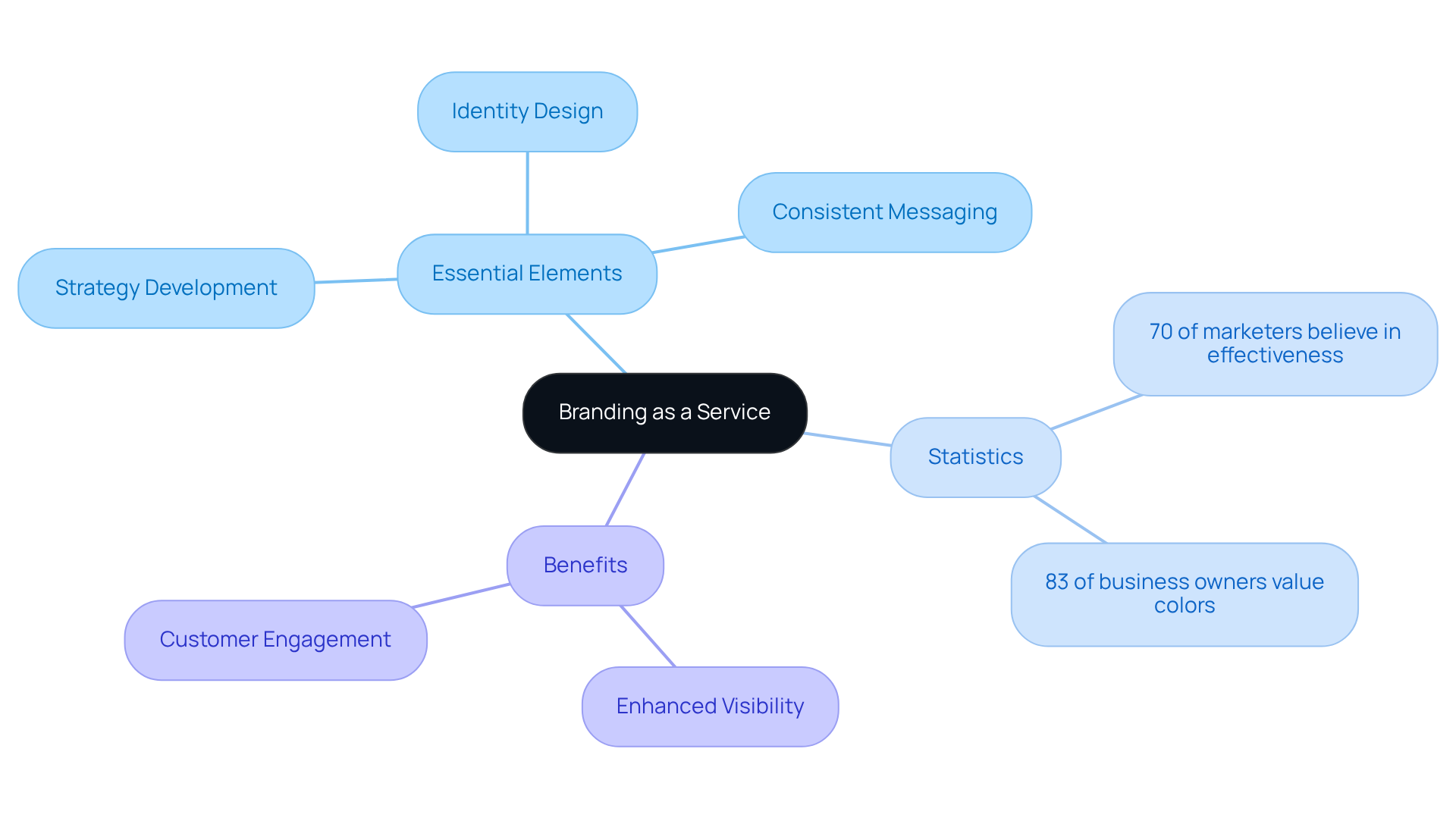
Assess Your Current Branding Needs
To evaluate your current marketing requirements, it is essential to begin with a comprehensive review of branding as a service. This process entails a thorough assessment of your existing identity assets, including your logo, messaging, and client touchpoints. Gathering feedback from customers, employees, and stakeholders is crucial to understanding how your company is perceived in the market. Utilize surveys and focus groups to collect qualitative data on brand awareness and sentiment, providing valuable insights into your brand's standing.
Moreover, analyzing competitors is vital for identifying market positioning and differentiation opportunities. As part of this assessment, consider the balance between AI-generated imagery and traditional photography. Photogrammetry can deliver fully interactive 3D models that significantly enhance e-commerce and AR experiences, while traditional photography offers high-quality still images that can be seamlessly integrated into AI-generated scenes. By leveraging both methods, you can maximize ROI across multiple marketing channels.
This thorough evaluation will not only inform but also guide the creation of a marketing plan that incorporates branding as a service and aligns seamlessly with your business objectives. Engage in this process to establish a robust foundation for your marketing strategies and ensure your brand remains competitive in an ever-evolving landscape.
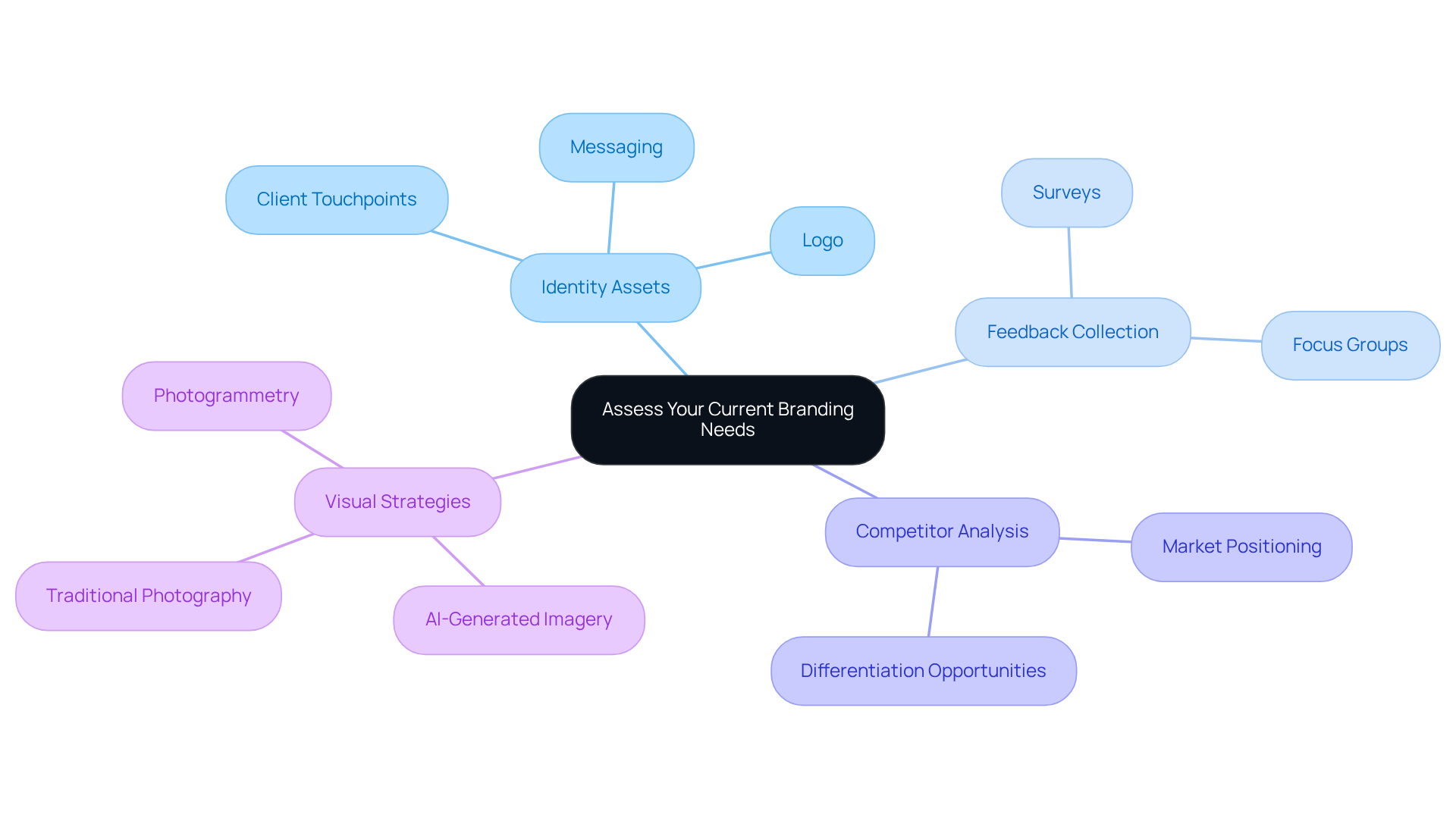
Develop a Comprehensive Branding Strategy
Developing a comprehensive branding strategy involves several key steps:
-
Define Your Purpose: Clearly articulate why your entity exists and what it represents. As branding specialist Seth Godin observes, "a label is a mix of consumer expectations, memories, narratives, and connections," making it crucial to create a strong purpose that resonates with your audience. In today's e-commerce era, this purpose should also reflect how your brand navigates the dynamic between online and brick-and-mortar retail.
-
Identify Your Target Audience: Understanding your ideal customers is crucial. Examine their demographics, preferences, and challenges to customize your marketing efforts effectively. Thriving companies such as Lightbridge Academy have demonstrated the significance of this step, attaining substantial growth by aligning their approaches with the needs of their target market. In 2022, Lightbridge Academy sold 27 franchise units, showcasing the effectiveness of a well-executed branding strategy.
-
Craft Your Value Proposition: Clearly communicate what makes your business unique. This proposition should emphasize the unique advantages your company provides in relation to competitors, fostering a deeper connection with your audience. In a landscape increasingly shaped by e-commerce, your value proposition should also address how your storytelling enhances customer engagement.
-
Establish Messaging: Develop a consistent messaging framework that conveys your company's voice and tone across all channels. This consistency builds trust and recognition, essential elements in shaping consumer perception of your organization. As the retail landscape evolves, ensuring that your messaging reflects both online and offline experiences can strengthen consumer-brand relationships.
-
Set Branding Goals: Define measurable objectives that align with your overall business strategy. Objectives such as boosting awareness of the company or improving customer loyalty should be specific and attainable, directing your branding initiatives. Consider how these goals can adapt to the challenges posed by the e-commerce surge, such as increased competition and changing consumer behaviors.
-
Develop a Positioning Statement: Summarize your company's unique value and market position in a concise statement. This positioning should reflect your organization's purpose and resonate with your target audience, ensuring clarity in your messaging. In the context of storytelling for a company, this statement can serve as a foundation for how your organization narrates its journey in the evolving retail landscape, including the role of physical stores in enhancing narratives.
By following these steps, businesses can develop a strong approach to branding as a service that not only sets them apart in a crowded market but also nurtures lasting relationships with their customers. The significance of purpose in marketing cannot be exaggerated; it serves as the foundation for all branding efforts, guiding decisions and strategies that resonate with consumers in both online and offline environments.
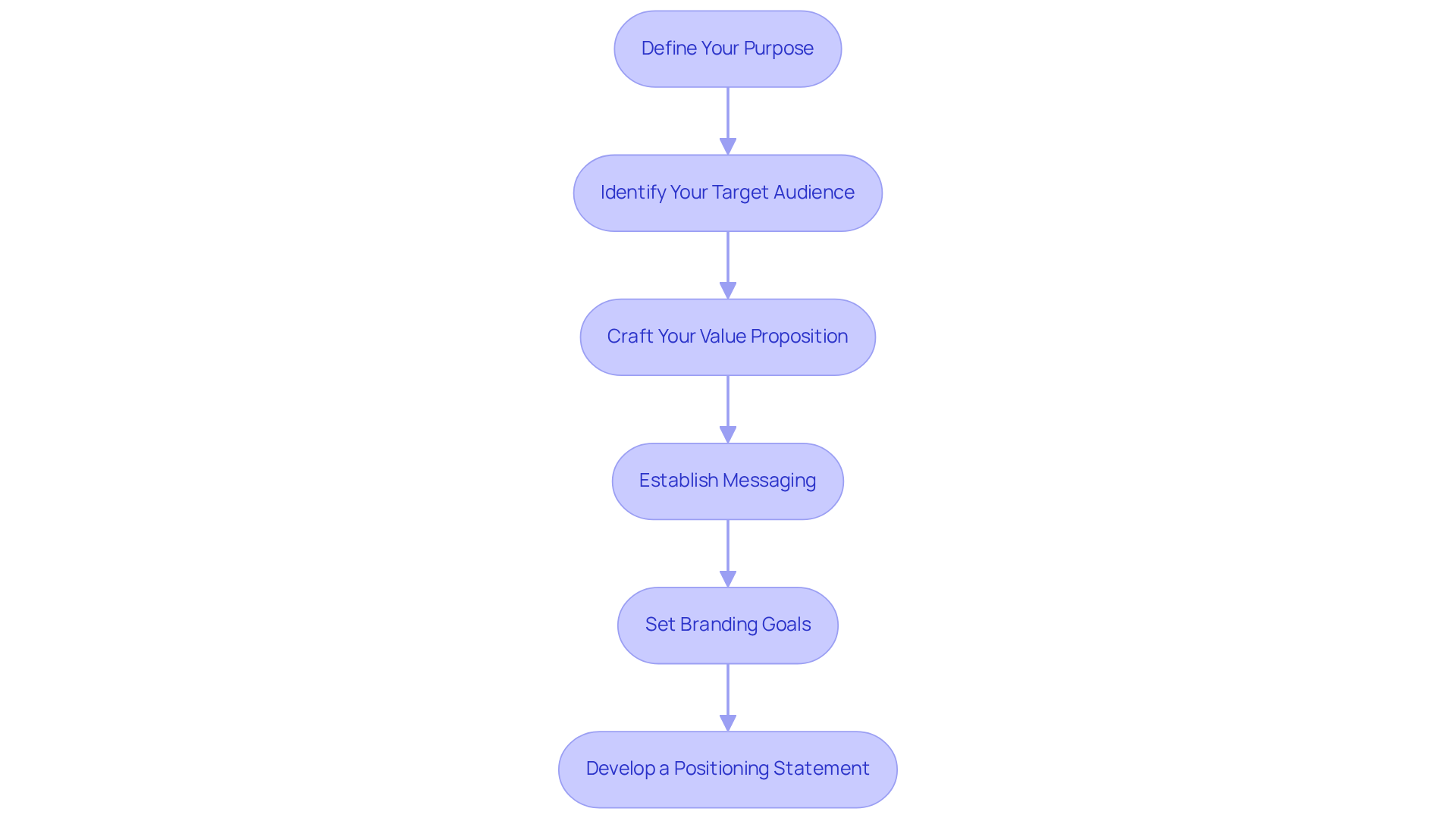
Create and Refine Brand Identity Elements
Creating and refining brand identity elements involves several critical steps:
- Design a Logo: Craft a memorable logo that encapsulates your identity's essence. Leverage AI-driven design tools to generate unique concepts that resonate with your audience.
- Choose a Color Palette: Select colors that embody your identity and evoke the desired emotions in your audience. Utilize AI analytics to efficiently predict color trends and preferences.
- Define Typography: Choose fonts that align with your company's voice while ensuring readability across various platforms. Employ AI to assess font combinations and their impact on user engagement.
- Create Visual Assets: Develop additional visual elements such as icons, imagery, and graphics that reinforce your identity. Use generative AI to streamline the creative process and enhance visual storytelling.
- Establish branding as a service by documenting your identity elements and usage guidelines to ensure consistency across all marketing materials and channels. AI tools can assist in maintaining adherence to these standards.
- Gather Feedback: Test your identity elements with your target audience to refine and enhance their effectiveness. Utilize AI-driven data mining techniques to analyze feedback and improve design choices.
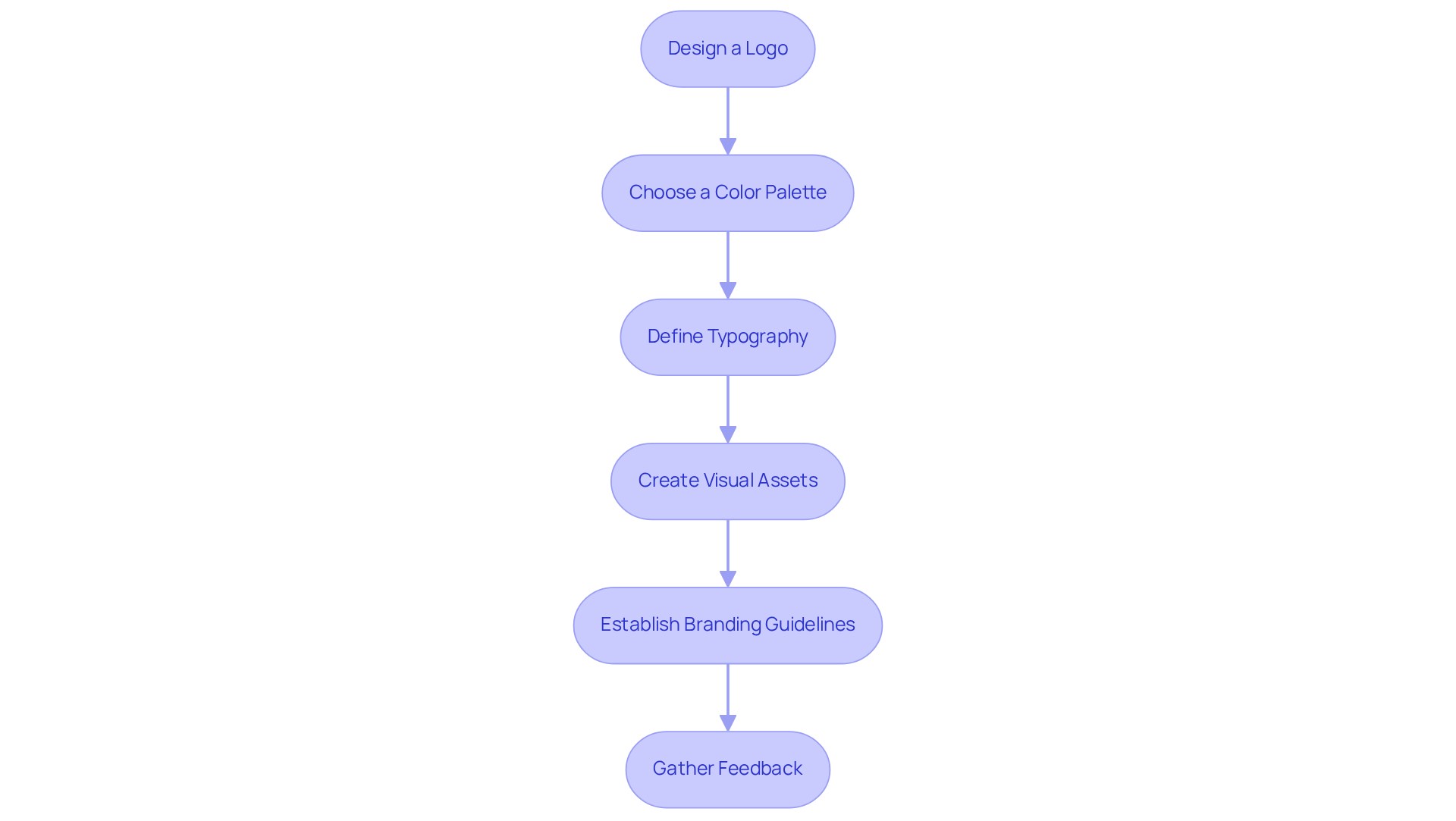
Implement Branding Across Channels
To effectively implement branding across various channels, consider the following steps:
-
Identify Key Channels: Assess which platforms your target audience engages with most, including social media, email, and your website. Comprehending where your audience invests their time is essential for impactful storytelling.
-
Create a Content Calendar: Develop a structured content calendar that aligns with your branding strategy, ensuring timely and relevant engagement with your audience. Research indicates that companies utilizing a content calendar see a 30% increase in audience engagement, which is essential for maintaining a consistent narrative.
-
Maintain Consistency: Consistency in brand messaging, visuals, and tone across all channels is crucial for reinforcing brand recognition. Studies show that consistent branding can increase revenue by up to 23%. Moreover, businesses that emphasize improved client service experiences can increase revenues between 4% and 8% above their market. This consistency aids in creating a unified narrative that resonates with consumers.
-
Utilize Social Media: Use social media platforms to tell your company's story, enhance audience interaction, and develop a sense of community. In 2025, companies that efficiently leverage social media report a 50% higher client retention rate. Moreover, 86% of consumers state that excellent service transforms one-time clients into loyal brand advocates. This highlights the importance of storytelling in creating lasting consumer relationships.
-
Monitor Performance: Regularly track engagement metrics and customer feedback to assess the effectiveness of your marketing initiatives across channels. Brands that actively monitor performance can improve their marketing ROI by 20%. This data-driven method enables modifications in storytelling techniques to better align with consumer expectations.
-
Adjust Strategies: Stay adaptable and ready to refine your branding strategies based on performance data and audience insights. Adaptability in strategy can result in a 15% boost in campaign effectiveness, as companies that adjust swiftly to satisfy consumer demands tend to surpass their rivals. Integrating personalized interactions can also strengthen trust and loyalty among clients, further reinforcing your company's position in the changing e-commerce environment.
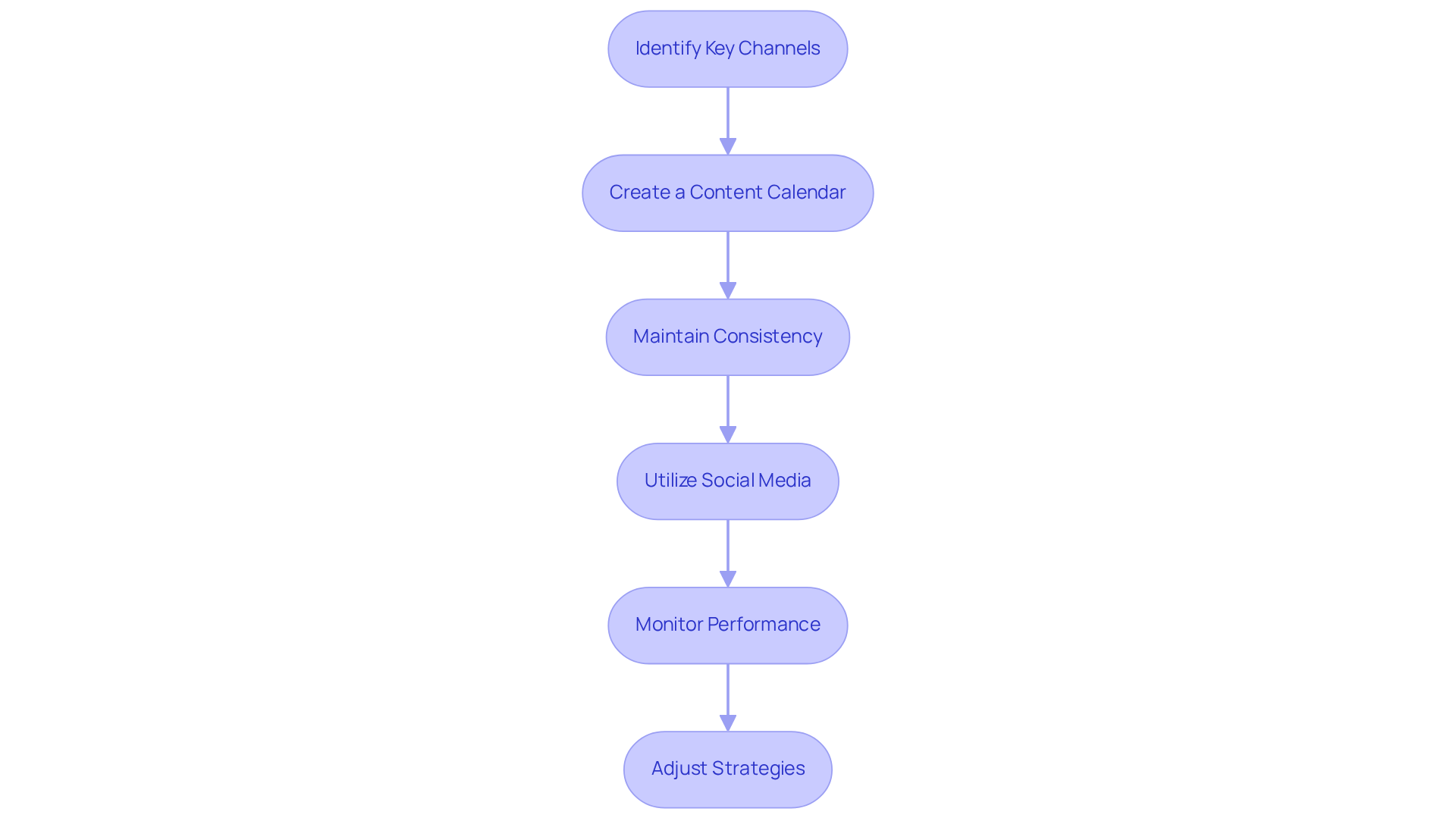
Measure and Optimize Branding Effectiveness
To effectively measure and optimize branding effectiveness, follow these essential steps:
-
Define Key Performance Indicators (KPIs): Establish metrics that align with your branding goals, such as awareness, engagement, and conversion rates. For instance, 32% of marketing professionals report that consistent messaging can increase revenue by over 20%. At Overskies, we focus on how design transcends aesthetics, emphasizing the unique visual language that sets your business apart.
-
Conduct Surveys and Gather Feedback: Regularly collect customer feedback to assess perception and satisfaction. Significantly, 86% of job seekers read company reviews prior to applying for a position, emphasizing the importance of understanding how your reputation is perceived.
-
Utilize Analytics Tools: Employ tools like Google Analytics and social media insights to monitor performance metrics and audience behavior. These tools can help track key metrics such as click-through rates (CTR), which average around 6.6% for search ads. Overskies integrates analytics with creativity to produce web designs that attract consumers earlier in the lead cycle, distinguishing us from competitors.
-
Analyze Data: Review the collected data to identify trends, strengths, and areas for improvement in your branding efforts. This analysis is crucial, as 64% of consumers have ceased purchasing from companies with poor reputations, emphasizing the need for continuous evaluation. We provide branding as a service by developing brand guidelines to ensure consistency across all visual communication, reinforcing our commitment to quality.
-
Adjust Strategies: Based on your analysis, refine your marketing strategies to enhance effectiveness and better meet customer needs. Companies that emphasize genuine purpose connect more with consumers, as 88% appreciate authenticity in brand identity. At Overskies, we utilize the 12 principles of design to create thoughtful designs that resonate with the right audience.
-
Report Findings: Share insights with stakeholders to demonstrate the impact of branding efforts and secure support for future initiatives. Effective communication of these findings can foster a culture of data-driven decision-making within your organization. By designing brand assets that keep your funnel filled with engaging visuals, you can effectively communicate your brand’s story across all touchpoints.
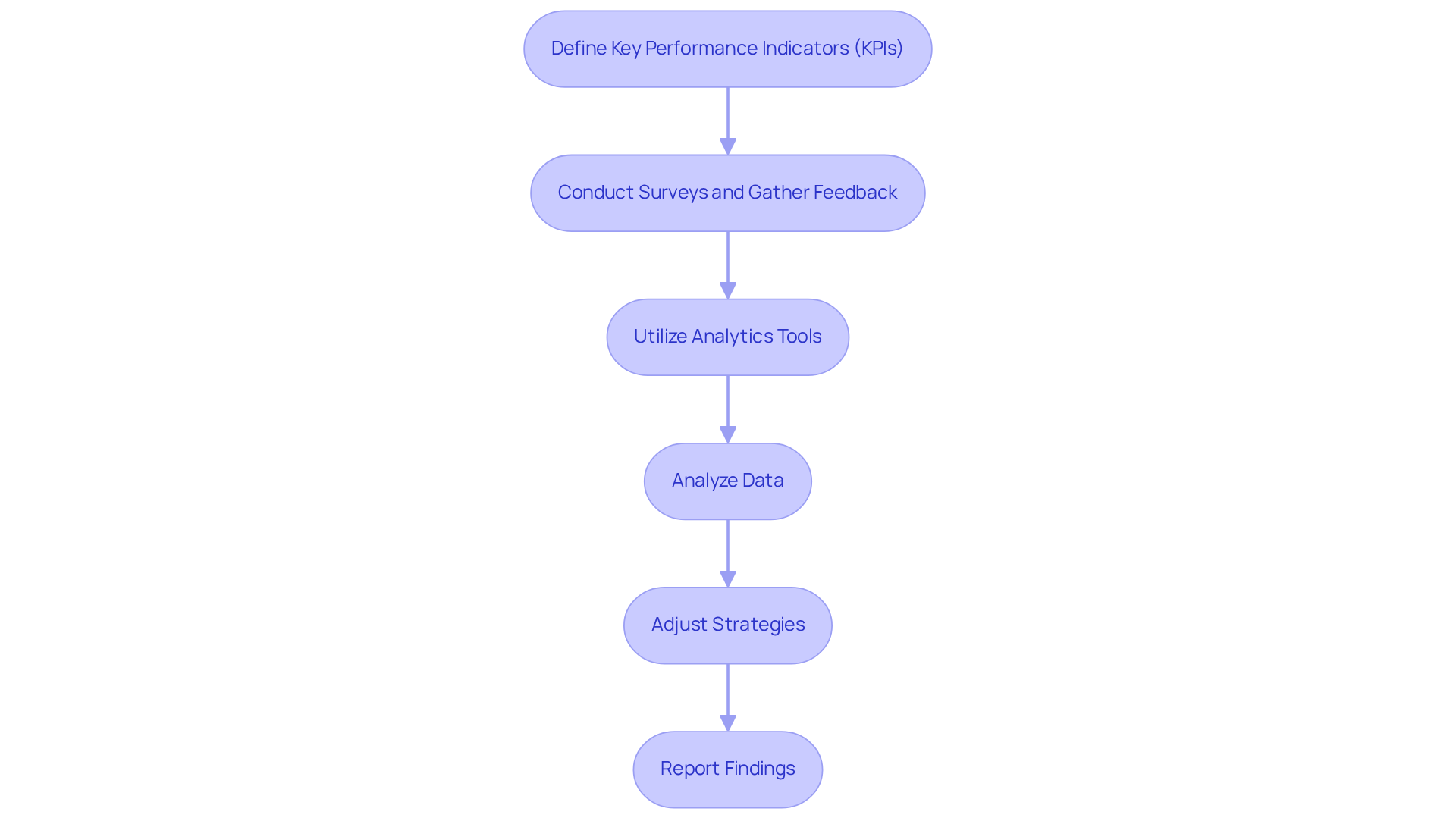
Conclusion
Embracing branding as a service (BaaS) provides businesses with a strategic advantage in today's competitive landscape. By outsourcing branding initiatives to specialized agencies, companies gain access to tailored solutions that enhance visibility and customer engagement without the overhead of maintaining an in-house team. This approach not only streamlines marketing efforts but also positions businesses for sustained success in an ever-evolving marketplace.
This guide outlines the essential steps to mastering BaaS, from assessing current branding needs to developing a comprehensive strategy and refining brand identity elements. Key insights emphasize the importance of a strong purpose, understanding the target audience, and maintaining consistency across all channels. The data presented reinforces how effective branding can significantly impact customer loyalty and overall revenue.
Ultimately, the significance of adopting a branding as a service model cannot be overstated. Businesses are encouraged to take action by evaluating their current branding strategies, leveraging innovative tools, and continuously optimizing their branding efforts. By doing so, they not only enhance their market presence but also foster lasting relationships with their customers, ensuring they stand out in a crowded digital landscape.
Frequently Asked Questions
What is Branding as a Service (BaaS)?
Branding as a Service (BaaS) involves outsourcing branding initiatives to specialized agencies or consultants, allowing businesses to obtain tailored branding solutions without the costs of maintaining an in-house team. It includes strategy development, identity design, and consistent messaging across various channels.
What are the benefits of using BaaS?
By leveraging BaaS, companies can enhance their visibility and customer engagement, setting themselves apart in competitive markets. It streamlines marketing efforts and positions businesses for long-term success.
What statistics support the effectiveness of outsourcing branding efforts?
Statistics show that 70% of marketers believe outsourcing promotional efforts leads to greater effectiveness, and 83% of business owners assert that colors associated with their business elevate their perceived success.
How can businesses assess their current branding needs?
Businesses can assess their branding needs by reviewing existing identity assets such as logos and messaging, gathering feedback from customers and stakeholders, and analyzing competitors for market positioning and differentiation opportunities.
What methods can be used to gather feedback on brand perception?
Surveys and focus groups can be utilized to collect qualitative data on brand awareness and sentiment, providing insights into how the company is perceived in the market.
How can businesses balance AI-generated imagery and traditional photography in their branding?
Businesses can leverage both AI-generated imagery and traditional photography to maximize ROI across multiple marketing channels. Photogrammetry can create interactive 3D models for e-commerce and AR experiences, while traditional photography offers high-quality still images.
Why is it important to analyze competitors during the branding assessment?
Analyzing competitors is vital for identifying market positioning and differentiation opportunities, helping businesses understand their standing in the market and develop effective branding strategies.
What resources are available for marketers interested in brand storytelling and experiential marketing?
Marketers can subscribe to Overskies' On Demand monthly newsletter for valuable insights into brand storytelling, video, and experiential marketing, which are crucial for crafting effective marketing strategies.
.png?width=250&height=153&name=CSI-OverskiesRebrand_LOGO-01(smaller).png)

.png?width=100&height=61&name=CSI-OverskiesRebrand_LOGO-01(smaller).png)


.png?width=88&name=CSI-OverskiesRebrand_LOGO-01(smaller).png)

